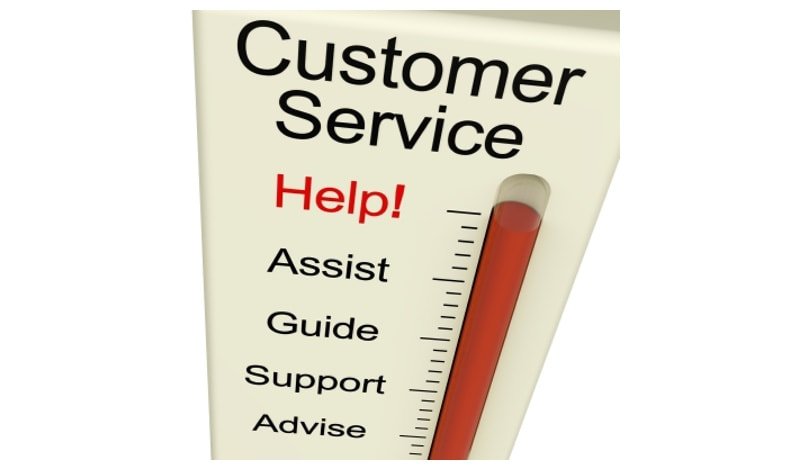
Knowing what customer service is, is a big part of the equation. It’s as simple as a ‘moment of truth’. In the words of Jan Carlzon (past CEO of SAS Airlines), a moment of truth happens every time we come in to contact with a customer, given that’s the moment they form an opinion of us, our organisation and our product or service.
There’s nothing like a customer service workshop to hone the senses to great and not so great customer service experiences.
Being 3rd in the queue at the checkout of a small suburban supermarket recently, I became aware of another two people joining the queue behind me. Looking for other staff to assist, my eyes settled on two uniformed staff members conversing a few metres away. They seemed engrossed. I settled in for a bit of a wait.
The Manager popped his head around the end of an aisle and, noticing the queue, he emerged, turned and walked quickly into an office and close the door behind him. An unintelligible announcement followed over the store speakers. Re-opening the office door, he peered out. No change. Thinking this might be the moment he decides to lead by example and assist at the checkout registers, I awaited his approach. Not to be. He retreated back into the office and closed the door.
Now I’m the first to acknowledge customer service is a journey, not a destination. But when statistics reveal 68% of us will buy elsewhere because of inattentive staff I was amazed immediate action wasn’t taken. This was a‘moment of truth’, a phrase coined by Jan Carlzon of SAS Airlines in his 1987 book of the same name.
Carlzon revealed his mathematical calculation of SAS Airlines moments of truth by saying “…ten million customers came in contact with approximately five SAS employees, and this contact lasted an average of 15 seconds each time. Thus, SAS is ‘created’ 50 million times a year, 15 seconds at a time. These 50 million ‘moments of truth’ are the moments that ultimately determine whether SAS will succeed or fail as a company. They are the moments when we must prove to customers that SAS is their best alternative.”
Who’s done the math? To work out supermarket’s moments of truth the Store Manager could start by mapping the customer service experience. Maybe start by surreptitiously following customers around the store. To take it one step further, they could expand the potential ‘moments’ to include every occasion the customer interacts with anything in the store – from entry to exit. From the non-slip mat at the front door on a rainy day to the easy to read aisle signs. Was the interaction a positive one? Was it useful – did it provide the customer with the result they wanted? Or did they want something else?
If you want to know how you’re going from a customer service perspective, start by mapping your customers’ experience with your business and team. Then find out what they think about each moment. Do the same with your staff – they’re often aware of what’s not working for customers.
The next steps after that?
a) identify what to keep doing e.g. smiling faces
b)work out what to improve/refine e.g. number of staff during peak times
c) then be clear on what you need to avoid e.g.inattentive staff
